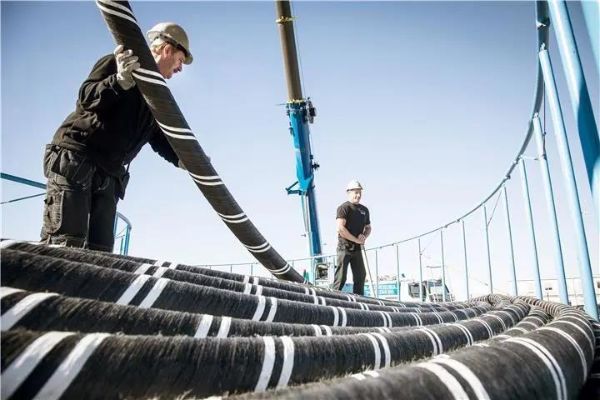
Electrical cable -- Changing and growing energy and data processing demands (such as the call for superconducting power lines that can operate at high temperatures)
Mechanical cable -- Improving strength and flexibility
Non-electric iron and steel wire -- Improving tensile strength and corrosive resistance.
Robust Competition Keeps Price Hikes Down
Strong and growing competition from markets where labor costs are low (like Asia) is part of the reason for sluggish margins in the United States.
Low-cost specialization also gives buyers a great deal of leverage because product feature differentiation can be low.
Concurrently, high price volatility in many of the raw materials needed to make these products, as well as roller-coaster energy costs, makes forecasting interesting.
According to Global Industry Analysts, such volatility continues to be one of the biggest headaches for many companies.
For example, seesaw
They skyrocketed almost 46 percent in 2010 and another 17 percent a year later, yet plunged about 10 percent in 2012, which projects modest declines through 2016.
Here’s a look at pricing trends and current conditions:
Electrical cable prices have trickled up about 2.5 percent a year since 2010, fueled heavily by the post-recession bump in construction activity.
Average prices have been around $2,180 per 1,000 feet.
But volatility is quite high. In its most current market report, notes that buyers have paid prices ranging from a low of $900 to a high of $6,500.
Much of that depends on such factors as the type of metal used (aluminum is more expensive while copper is the material of choice because of its conducive and corrosion-resistant properties), capacitance, attenuation, flexibility, and tensile strength operating temperatures, and the plastics used to coat the inside wires (thermoplastics are the most popular type of cable jacket due to their low cost, lightweight, and exceptional electrical properties).
Prices for mechanical cables have grown even more anemically over the past few years (about 1.7 percent).
In 2010, it was at around $13.75 per foot. Ramping up construction, mining, oil and gas industries, as well as infrastructure improvements, particularly in developing countries, is much of the reason for it. Still, steel and oil prices are among the biggest variables that give rise to price fluctuations.
Because steel prices have been relatively unstable in recent years, “suppliers have been attaching risk premiums to their product prices with the intention of protecting profit”
Much of the same is true for non-electrical steel and iron wire, in which prices have grown a slight 1.9 percent since 2010.
Current prices have been around $0.38 per pound but have been as high as $0.50 per pound based on supplier and month of the year purchased.
Like mechanical cables, steel prices (which fell 25 percent in 2009 but rose 16 percent the following year) have created variability in prices.
Like other cable and wire markets, this one is deeply affected by import pressures (which are growing at nearly 10 percent a year), the firm said.
As a result, many buyers are seeking long-term contracts, as they are in other wire and cable markets.